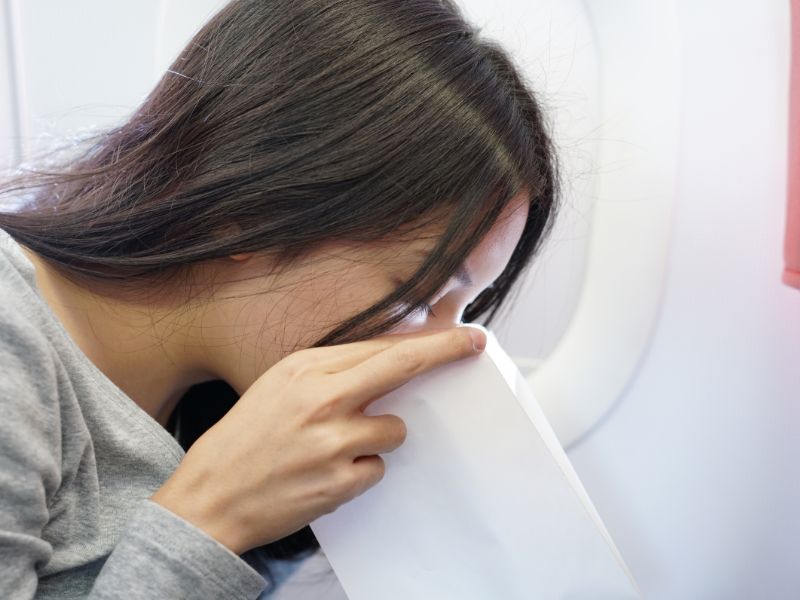In a recent revelation, biohazards ranging from blood to diarrhea have been discovered on commercial airplanes. This finding has understandably raised concerns about the potential health risks for passengers. While it may sound alarming, it’s crucial to understand the actual likelihood of contracting an illness from such incidents.
The Nature Of Biohazards
Airborne biohazards can encompass various materials, including blood, feces, and other bodily fluids. If not properly cleaned and sanitized, these substances can harbor infectious agents such as bacteria, viruses, or other pathogens.

Canva. com
Risk Assessment
The likelihood of contracting an illness from biohazards on a plane depends on several factors:
- Exposure Duration: The longer a passenger contacts contaminated surfaces, the higher the risk. For example, a quick encounter with a contaminated seat is less risky than prolonged exposure.
- Cleaning and Disinfection Protocols: Airlines have strict cleaning and disinfection procedures. Regular maintenance and sanitation protocols are designed to mitigate the risk of transmission.
- Personal Hygiene: Practicing good personal hygiene, such as frequent handwashing and avoiding touching one’s face, significantly reduces the risk of infection.
- Immunocompromised Individuals: People with weakened immune systems are at higher risk of contracting infections. They should take extra precautions when traveling.
- Type of Pathogen: The type of biohazard and the specific pathogens it may carry influence the potential risk. Bloodborne pathogens, for instance, pose different risks compared to fecal matter.

Canva. com
Preventive Measures
Passengers can take several measures to minimize the risk of exposure to biohazards:
- Carry Sanitizing Wipes: Travelers can bring sanitizing wipes to clean their immediate surroundings, including armrests, tray tables, and seatbelts.
- Avoid Direct Contact: Use tissues or other barriers to handle potentially contaminated surfaces.
- Practice Hand Hygiene: Regular handwashing with soap and water, or using hand sanitizer, is crucial for preventing the spread of infections.
